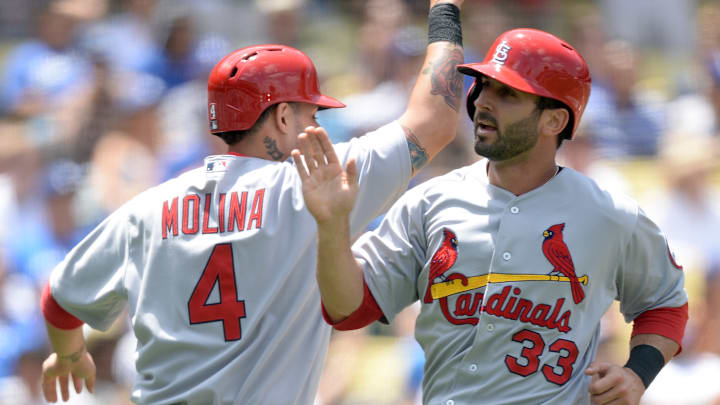2. Hiring Chaim Bloom
The penultimate choice here could easily be #1 on the list. The reason I placed Chaim Bloom's hiring at the second spot rather than the first is uncertainty around his contract. The length and duties of Bloom's contract haven't been released just yet, so it isn't fully clear what Chaim Bloom will be doing in St. Louis or how long he will stay.
However, bringing in Chaim Bloom as a special advisor to the President of Baseball Operations is no small move. This is a former Director of Baseball Operations in Tampa Bay and President of Baseball Operations in Boston, and he is still only forty! Bloom helped institute a farm system that consistently churns out talented pitchers in Tampa Bay, and he helped take the Boston Red Sox to the American League Championship Series in 2021.
Chaim Bloom's hiring is a big deal. Bloom brings with him a long resume and a fresh outside perspective of the organization. He could eventually take the helm of the franchise, and that would be a good thing.
1. Signing Sonny Gray
The top spot on the list is reserved for the team's ace, Sonny Gray. A true top-of-the-rotation starter was a necessity this offseason, and John Mozeliak brought in none other than the runner-up in the American League Cy Young race from 2023. Gray, thirty-four, will change this rotation for the next three years, and he is on a very reasonable contract.
With the #STLCards offseason virtually finished, here is my ranking of the most important moves from most to lease, a thread 🧵:
— Thomas Gauvain (@thomasgauvain) January 9, 2024
1. Sonny Gray signing
Gray is a true ace in the league. He is signed for three years, so stability is present. https://t.co/US6KRy8DQA
With Sonny Gray at the top of the rotation, the Cardinals have a pitcher who will keep them in the game every five days. He can compete against the game's best pitchers in any playoff game, and he has already made it a point that he wants to change the way pitchers approach each at bat.
The Cardinals have their ace for the next three years. The entire league took notice when Gray signed with St. Louis and for good reason.
